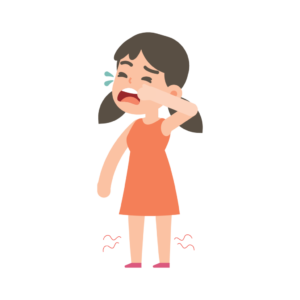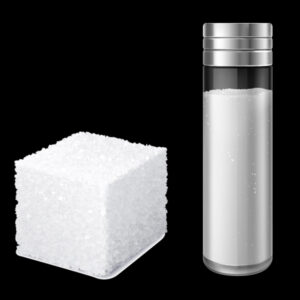
Your baby’s poop – What is normal and what is not?
nathaniclinic1
January 26, 2018
New parents are very fussed about whether their bundle of joy is pooping normally or not. And why not? After all the hallmarks of health in a human being are one who eats well and evacuates both poop and urine well.
What is normal?
There is a wide variation in the amount of poop that a normal baby can produce and there are many factors that are involved. The most important factor is, whether the child is breastfed or is on formula feed. There are many other factors like how much is the intake, how quickly the baby feeds and, the intrinsic differences between different babies.
| Stool Characteristic | Breast-fed Infant | Bottle-fed Infant |
|---|---|---|
| Frequency | More frequent (but varies from several times a day to once in seven days) | Less frequent – typically once or twice a day |
| Color | Lemon yellow | Darker: yellowish brown or even brown. |
| Consistency | Usually soft, maybe loose, grainy or even curdled | Pasty |
| Smell | Maybe slightly sweet | Strong smelling – more like adults |
Even if the child is exclusively breastfed or bottle-fed, there is still a wide range in the type of the stools that the baby will produce and there is no need to panic if there is a one-time change in the nature of stools, especially if the baby is otherwise doing well, feeding well, active and passing adequate amounts of urine.
When is the poo abnormal?
Green Poop
An isolated green poo episode is entirely normal. If persistent, the child may pass green stool because of:
Faulty Feeding Technique
Breast milk is let down in two phases – the first part is called “fore-milk” – this is thinner and full of lactose, and the latter part is called “hindmilk” that is thicker and is rich in fat. If the baby does not latch properly, she receives more of the fore-milk, and this sort of hurries down the intestine (the sugar also increases the speed at which it comes down) resulting in loose, green stools.
Infection
Especially, if she also has diarrhea.
Allergies
Medication Allergies
These can be to medicines or supplements taken by the baby or the mother like antibiotics or iron supplementation.
Food Allergies
Allergies to something that you have eaten. Usually, the baby will also have eczema or rash.
White Or Pale Poop
Again a single, pale poo is not concerning but if persistent, can be a matter of grave concern. You need to see your pediatrician immediately. This might be because of infection or because there is some problem with bile.
Black Poop
Definitely a matter of concern, unless your child is on iron supplements. It indicates digested blood.
Red Poop
Again concerning as it indicates fresh bleeding. You need to see your pediatrician immediately.
Constipation
More common in children who receive formula feeds as opposed to breast-fed infants. The most common culprit is that the formula is not being prepared properly with insufficient amount of water added to make the feed. There is a lot of variation in the normal stools of infants and many infants strain and become congested when passing stools.
However, if any of these are present, your infant is more likely to be constipated:
- Strains and grimaces or cries out while passing stools.
- Takes a long time to bring out his stools.
- Stools are either pellet-like – “goat/rabbit stools” or really bulky (much more than what you would expect from a child of this age.
- Abdomen seems bloated.
- Maybe a ‘streak of blood’ is seen on the side of the stool.
Please visit your pediatrician to confirm and start the appropriate treatment.
Diarrhea
Characteristics of an infant who has diarrhea:
- Watery, runny poop.
- Passes stools frequently.
- Stools may come out explosively or in squirts.
- Maybe foul-smelling.
- May pass mucus or blood with stools.
- May have vomiting.
- May have a fever.
Infants On Weaning Foods
If weaning foods have been started, more likely that the child will pass stools that look more and more like adults. The frequency of motions will depend on the type of diet, and the amount of water that the infant consumes.
Many times, the stools take on the color of what the child ate. e.g. if pureed carrots, may look red or orange, if pureed beets, may look red or purple.
Many times undigested food can be seen in the stools if you have forgotten to properly puree the food. e.g. whole beans or pulses or raisins. Please be very careful, and only give food that is of the right consistency, that is appropriate for the age of the child, as there is a risk that the child may choke on the food item.
Our Consulting Specialities
Recent Posts


Subscribe Our Newsletter
The premier children’s clinic and general vaccination center in Chembur, Mumbai
Make an Appointment
- 8 AM - 8 PM , Monday - Saturday
Call Us Today
9987084813
Online Doctor Consultation Nathani Clinic
Copyright © 2024. All rights reserved.


